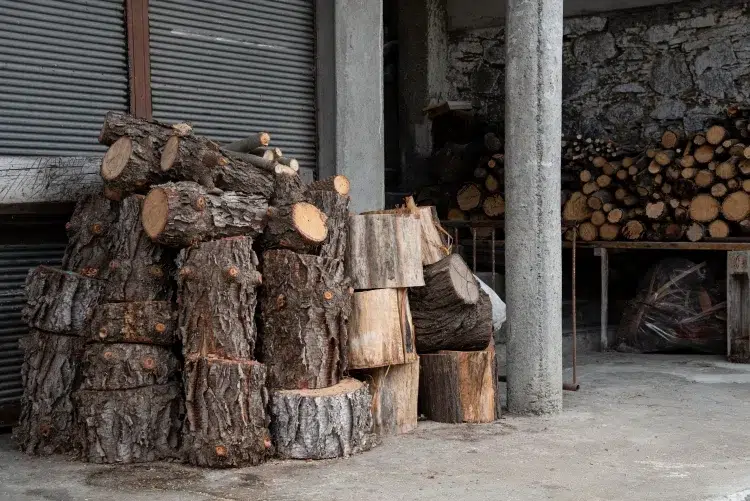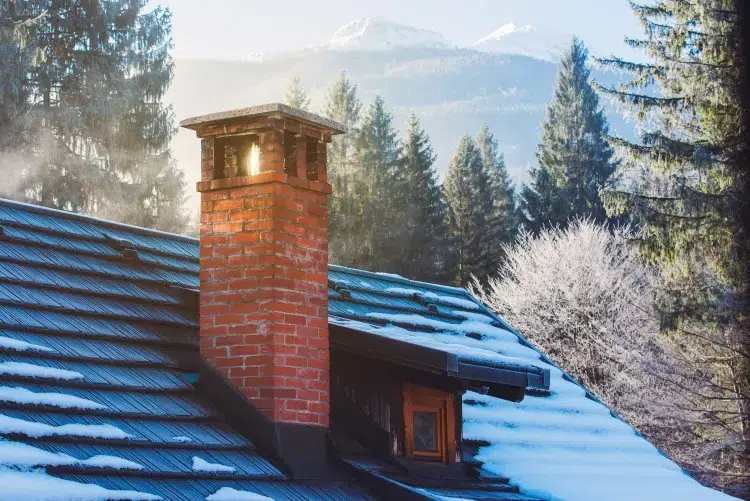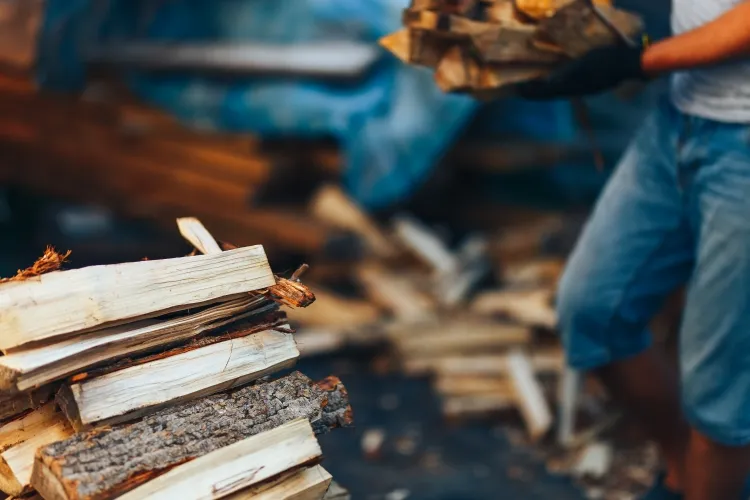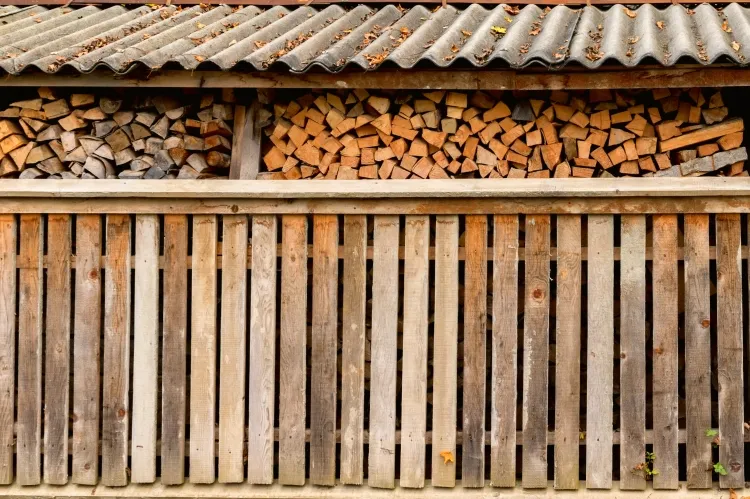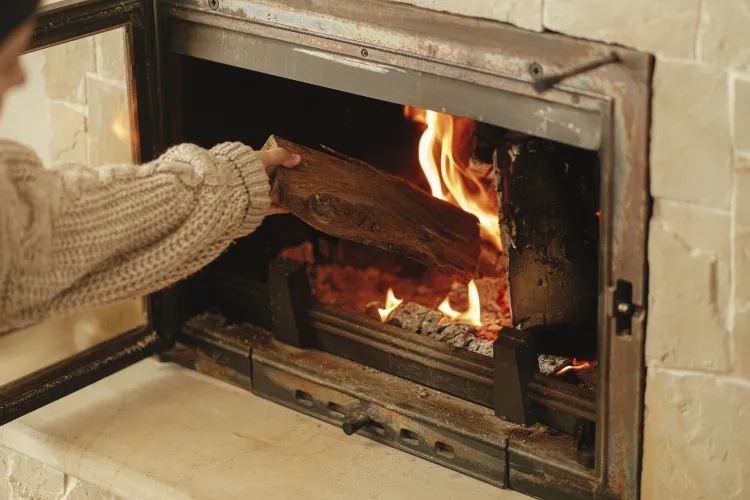Fall is here, and the temperatures are slowly beginning to drop, which means that it’s time to start obtaining your necessary wood for the colder months. Sourcing seasoned firewood can be difficult sometimes, and the changeable weather and unexpected rains aren’t making it any easier on your woodpile. There’s no need to curse at the wind because we’ve got the most effective tips on how to dry firewood quickly!
How to Dry Firewood? Why is it Important?
Undoubtedly there is a noticeable difference between burning wet and dry wood. This affected the heat output we wanted to achieve. Even if you have an indoor storage area it can only protect a small quantity.
Using a fireplace to warm your home during the cold months is a great way to save on your electricity bill, however, if you don’t store your wood properly, you might end up losing more money on having to replace it. Damp wood, whether used for the wood stove or the fireplace, is not efficient.
To care for your firewood accordingly, it’s important to remember that freshly cut wood has a moisture content of around 30-50%. If you leave chopped wood in humid conditions, it will soak up even more moisture.
Another reason not to burn wet wood is its smoke and the sticky creosote in the chimney that it forms, which can lead to a fire. An annual chimney sweep is essential to prevent this risk.
If your firewood is crackling, and you don’t have a smooth burn, you probably have a case of damp logs, which will help you understand the importance of proper storage.
Read also: How to stack firewood: follow these rules to let the wood dry + ideas for decorative storage
How Long Does it Take for Firewood to Dry?
Wood that’s been soaked from the rain will use all the heat from the fire to dry itself, and you’ll end up with a cold, smoky room and a fire that’s hard to manage.
Wood that’s been exposed to air and sunlight should ideally have moisture between -20% or less.
The drying period is entirely individual for the different types of wood. Some woods have a highly flammable sap and burn well green – pine and gorse, for example. When dried properly, logs take 6 to 12 weeks before they can be burnt safely.
Hardwood trees like oak, beech, hornbeam, ash, elm, and maple are much thicker and give off more heat.
How do You Know if Your Logs are Already Dry?
To determine whether a log is dry, you need to observe it. If the bark is easy to peel, there are noticeable cracks, and the weight feels off, it’s probably not good.
Consider investing in a moisture meter or a dehumidifier. The former will tell you the moisture content of your logs, and the latter will help you dry the wood quickly by sucking out some of the moisture.
Useful Tips
For logs to be properly sheltered, they must be cut to the correct length. This will not only make them dry more quickly, but also will spare you a second chop.
Always split in the direction of the grain, this way it will dry up to 15 times faster than wood surrounded by bark. Logs with a diameter of 10 cm across the entire end will burn most efficiently.
Having a covered shelter is ideal, but if you don’t have an already built one, can cover the logs with a tarpaulin. Leave the pile in the sun for a few months if the weather allows for it to speed up the drying process. A curious fact is that rain eliminates sap and shortens the drying period. Placed in a shed, the stack of logs doesn’t get enough ventilation and will dry more slowly.
Don’t keep the logs stacked for long periods of time as this will hinder the drying process. Instead, arrange them in rows.
A large pile of logs resting directly on the ground will suck up a lot of moisture. Prefabricated supports, gravel or pallets are a solution against humidity. The main concern is to avoid rotting, which in turn will encourage an invasion of wood bugs and other wood-eating insects.
Can Damp Wood be Kiln-Dried?
Yes, and that’s not a new idea. Our ancestors practiced kiln drying when they used the cooking stove for heating and cooking. Underneath the oven, there was a compartment where damp logs were stored.
Read also: How to Make Fire Starter from Coffee Grounds and Save on Your Heating Bill?

